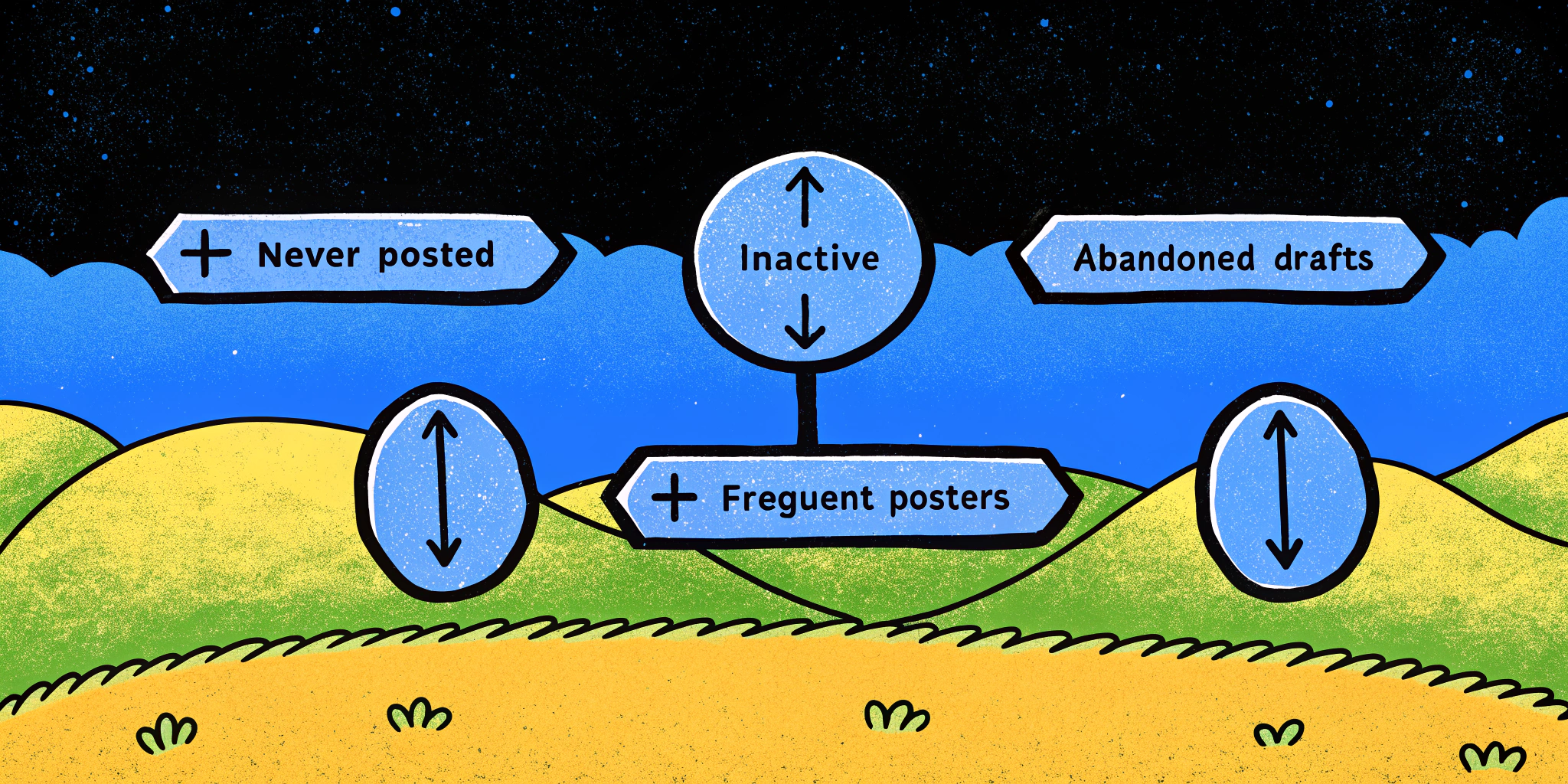Table of Contents
- Introduction: Why is “How Would You Improve a Product?” So Challenging?
- Step 1: Clarify the Question
- Step 2: Brainstorm Product Improvement Ideas
- Step 3: Prioritize Ideas Effectively
- Step 4: Define Success Metrics
- Step 5: Summarize and Recommend
- Bonus: How Ninjafy AI Can Help You Ace Product Questions
- Conclusion
Introduction: Why is “How Would You Improve a Product?” So Challenging?
If you’ve ever been asked, “How would you improve a product?” in an interview, you know how nerve-wracking it can be. It’s one of the most open-ended and ambiguous questions in the realm of data science and product management interviews.
Why is this question so challenging? Here are three key reasons:
- Varied Ways of Asking: This question can range from being extremely broad (“How do you improve Twitter?”) to highly specific (“How do you increase ‘What’s on Your Mind’ posts on Facebook?”). You need to adapt your response based on the prompt.
- Audience-Specific Answers: The way you answer this question changes depending on whether you’re speaking to a Product Manager or a Data Scientist. For example, PMs might value user experience insights, while DS interviewers may look for data-driven solutions.
- Need for Structure: Even if you have great ideas, presenting them in a random, unstructured way will hurt your chances. Structured, thoughtful responses are key.
In this blog, I’ll walk you through a framework for tackling this question effectively, using real-world examples and actionable steps. Let’s dive in!
Step 1: Clarify the Question
Before jumping into solutions, the first thing you should do is clarify the question. This is critical to avoid misunderstandings and ensure you’re aligned with the interviewer.
Understanding the Goal
Ask the interviewer: What is the primary goal of the improvement? This could be:
- Increasing engagement (e.g., more clicks, likes, or posts)
- Improving retention (e.g., getting users to return)
- Boosting revenue (e.g., increasing ad impressions or in-app purchases)
For instance, if the question is, “How do you improve user retention on Twitter?” you might confirm: “Are we focusing on increasing the number of daily active users or reducing churn among existing users?”
Narrowing the Scope
If the product has multiple features, ask which one to focus on. For example:
- If asked to improve Twitter, clarify whether you should focus on the feed, tweets, or notifications.
- If asked to improve Facebook’s “What’s on Your Mind” feature, confirm if the feature is available globally or for specific user segments.
Pro Tip: Always clarify, even if the interviewer doesn’t provide guidance. Showing initiative to align on the problem statement is a green flag for interviewers.
Step 2: Brainstorm Product Improvement Ideas
Once the question is clear, it’s time to generate ideas. Here are two effective approaches:
Approach 1: Analyze the User Journey
One way to brainstorm ideas is to map out the current user journey and identify points of friction. Let’s take the Facebook “What’s on Your Mind” feature as an example:
- Awareness: Users must first notice the feature. Questions to consider:
- Is the feature visible enough on the page?
- Do users hover over it? If not, how can we increase visibility?
Ideas:
- Enlarge the size of the “What’s on Your Mind” box.
- Use pop-ups or push notifications to remind users about the feature.
- Engagement: Users must click on the feature and start typing. Questions to consider:
- What stops users from completing the post?
- Do users abandon drafts? If so, why?
Ideas:
- Provide templates like, “I feel [emotion] today because…” to make posting easier.
- Pre-generate content for special occasions (e.g., birthdays, anniversaries).
- Conversion: Users must finalize and publish their posts. Questions to consider:
- Why do users abandon posts at the final step?
- What concerns (e.g., lack of likes) might they have?
Ideas:
- Send reminders for abandoned drafts with an option to post directly.
- Offer editing options like, “Would you like to refine your draft?”
Approach 2: Segment Users by Behavior
Another approach is to divide users into segments based on their behavior and analyze what makes some users more engaged than others. For example:
| User Segment | Key Challenges | Potential Solutions |
|---|---|---|
| Never Posted | Unaware of the feature or unsure how to use it | Increase UI size, add tooltips or walkthroughs |
| Haven’t Posted in a While | Lack of motivation, negative past experiences | Send “Your friends miss you!” reminders |
| Abandoned Drafts | Concerns about content quality or criticism | Offer content suggestions, enhance privacy |
| Frequent Posters | Need for recognition and feedback | Highlight their posts more prominently |
By focusing on inactive users (e.g., those who abandoned drafts), we can prioritize cost-effective solutions with high impact.
Pro Tip: If the interviewer has a data science background, consider discussing how you would build models to predict churn or engagement based on user behavior.
Step 3: Prioritize Ideas Effectively
Once you’ve brainstormed ideas, you need to prioritize them. Here’s a simple Impact vs. Effort framework to help:
| Idea | Impact | Effort | Priority |
|---|---|---|---|
| Increase size of “What’s on Your Mind” UI | High | Low | High |
| Send reminders for abandoned drafts | Medium | Low | High |
| Pre-generate content for users | Medium | Medium | Medium |
| Launch marketing campaigns | High | High | Low |
Focus on high-impact, low-effort ideas first. For example, simply resizing the UI or sending reminders might significantly boost engagement without requiring massive engineering resources.
Step 4: Define Success Metrics
To measure the success of your proposed solutions, define clear metrics. For example:
- Primary Metric: Increase in daily active users posting on “What’s on Your Mind.”
- Secondary Metrics:
- Draft completion rate (% of users who finalize drafts).
- Post engagement rate (e.g., likes, comments per post).
When designing experiments, ensure no interference between control and treatment groups, especially on social platforms like Facebook, where network effects can skew results.
Step 5: Summarize and Recommend
Finally, wrap up your response with a summary:
- Restate the goal of the improvement (e.g., increase user engagement).
- Highlight the approach you took (e.g., analyzing user journeys or segmentation).
- Recommend the top-priority idea and explain why it’s the most impactful and feasible.
Example Summary:
“To improve engagement on Facebook’s ‘What’s on Your Mind’ feature, I analyzed the user journey and identified friction points. My top recommendation is to resize the UI and send reminders for abandoned drafts. These ideas are easy to implement and target a large user base, making them highly impactful.”
Bonus: How Ninjafy AI Can Help You Ace Product Questions
During my preparation for product-based interviews, I discovered Ninjafy AI, an interview copilot that completely transformed my approach. Using their mock interview feature, I practiced real-world situational and behavioral questions, including open-ended ones like this.
Ninjafy AI also helped me structure my answers with tailored prompts and provided instant feedback. Its fully undetectable tools like InvisibleEyetrack™ made it feel like I had a secret assistant during every online interview. If you’re serious about landing your dream job, I highly recommend giving it a try.
Conclusion
Answering “How would you improve a product?” requires a mix of creativity, structured thinking, and user empathy. By clarifying the question, brainstorming effectively, prioritizing ideas, and defining success metrics, you can deliver an answer that stands out.
With tools like Ninjafy AI, you can take your preparation to the next level and approach even the toughest interview questions with confidence. Try these steps in your next interview, and let me know how they work for you!



